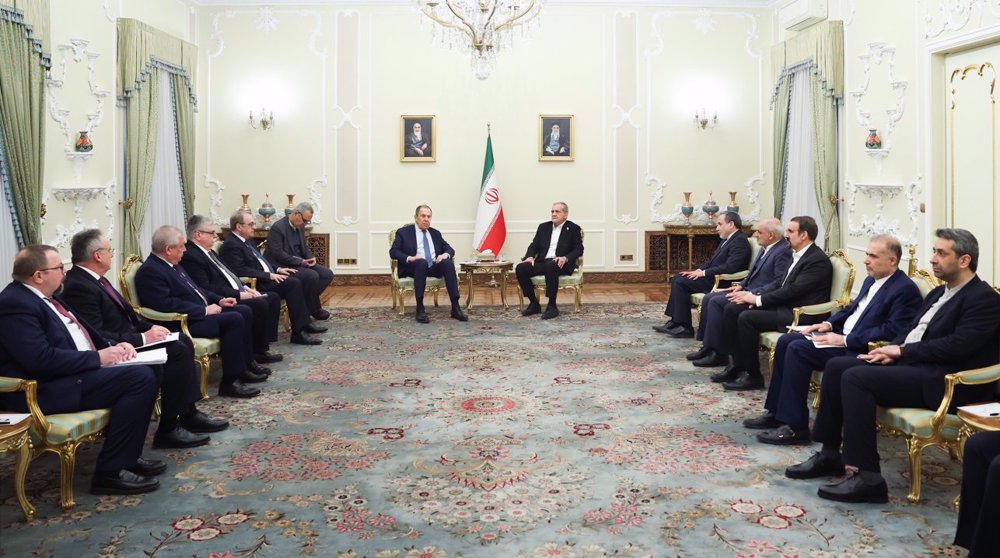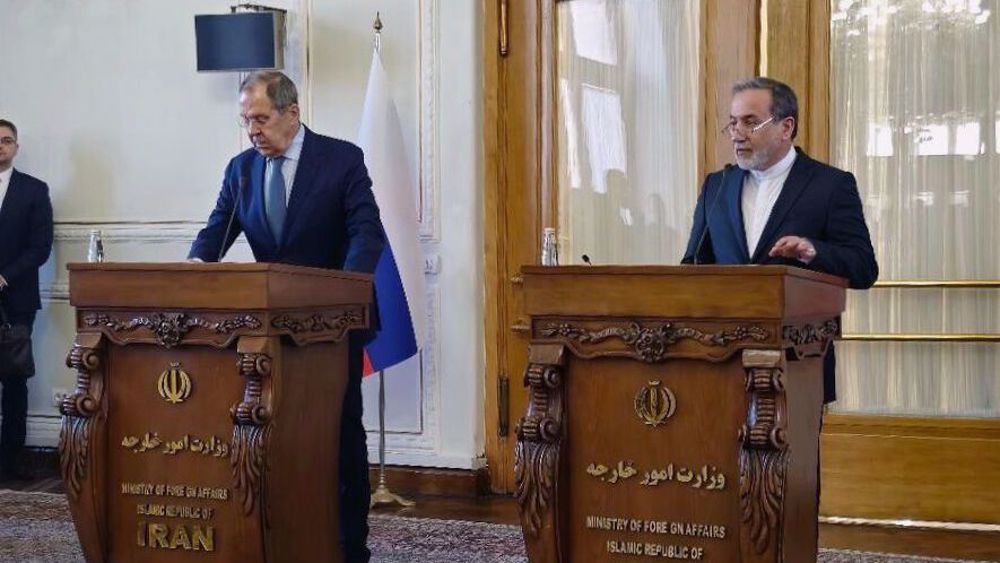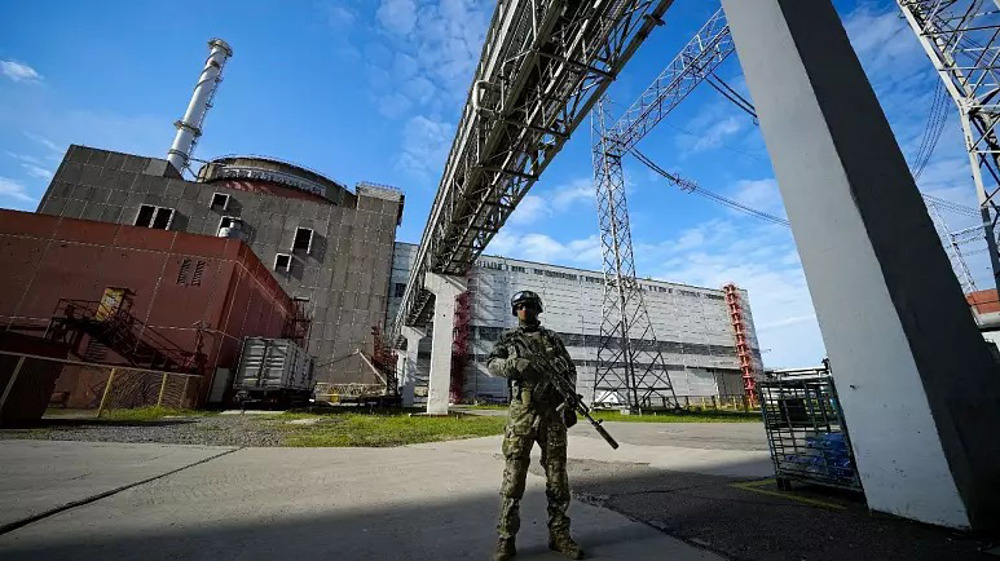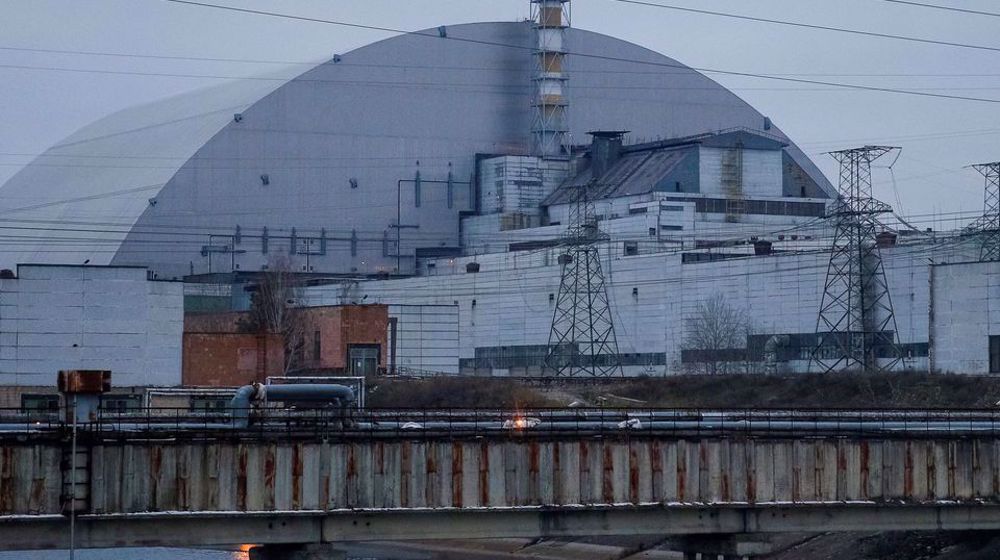IAEA calls for security zone around Zaporizhzhia nuclear plant in Ukraine
The International Atomic Energy Agency (IAEA) has called for the establishment of a security and safety zone around the Zaporizhzhia nuclear power plant in Ukraine, citing extensive damage at the site amid fighting between Ukraine and Russia.
A long-awaited IAEA report said on Tuesday that inspectors had found extensive damage at Zaporizhzhia, which Russia and Ukraine accuse each other of shelling.
"The current situation is untenable," the United Nations atomic watchdog said in a statement after it sent a team to the plant last week, calling for "the immediate establishment of a nuclear safety and security protection zone."
"Ukrainian staff operating the plant under Russian military occupation are under constant high stress and pressure, especially with the limited staff available," the IAEA report said. "This is not sustainable and could lead to increased human error with implications for nuclear safety," it added.
The report did not ascribe blame for the damage at the nuclear power plant, which is controlled by Russian forces but operated by Ukrainian technicians.
Russia on Tuesday accused Ukraine of repeatedly shelling around Zaporizhzhia, which is Europe's largest nuclear plant, just ahead of the IAEA report.
There were seven strikes on the territory of the plant, said Russian official in Zaporizhzhia Vladimir Rogov. "Ukrainian soldiers opened fire on Energodar and its surroundings," damaging a power line and reducing the capacity of the last working reactor, Rogov said.
Ukraine and its Western allies accuse Russia of using the plant as a military base to fire at Ukrainians. Ukrainian President Volodymyr Zelensky has also accused Russia of committing acts of "nuclear terrorism."
Russia, which took control of the plant in March, has however said that the actions of its armed forces "don't damage Ukraine's nuclear safety in any way and cause no obstacles to the plant's operation."
Russia launched a military offensive in Ukraine in late February.
Russia has also taken control of the Chernobyl plant, which was the site of the world's worst nuclear crisis in April 1986.

Russia, US diplomats to meet in Istanbul to discuss restoration of embassies: Lavrov

Iran’s president vows to accelerate cooperation with Russia

Iran rules out nuclear talks with US amid ‘maximum pressure’ campaign
US official vows to imprison pro-Palestine protesters for years
Arab states condemn Israel's new aggression against Syria
IRGC adds homegrown warship, fast attack craft to naval fleet
VIDEO | Press TV's news headlines
Over 700 bodies recovered in Gaza, most remain unidentified
VIDEO | US TikTok ban
Palestinian youth succumbs to injuries sustained in West Bank strike
US Attorney General hints at Epstein files release amid skepticism










 This makes it easy to access the Press TV website
This makes it easy to access the Press TV website